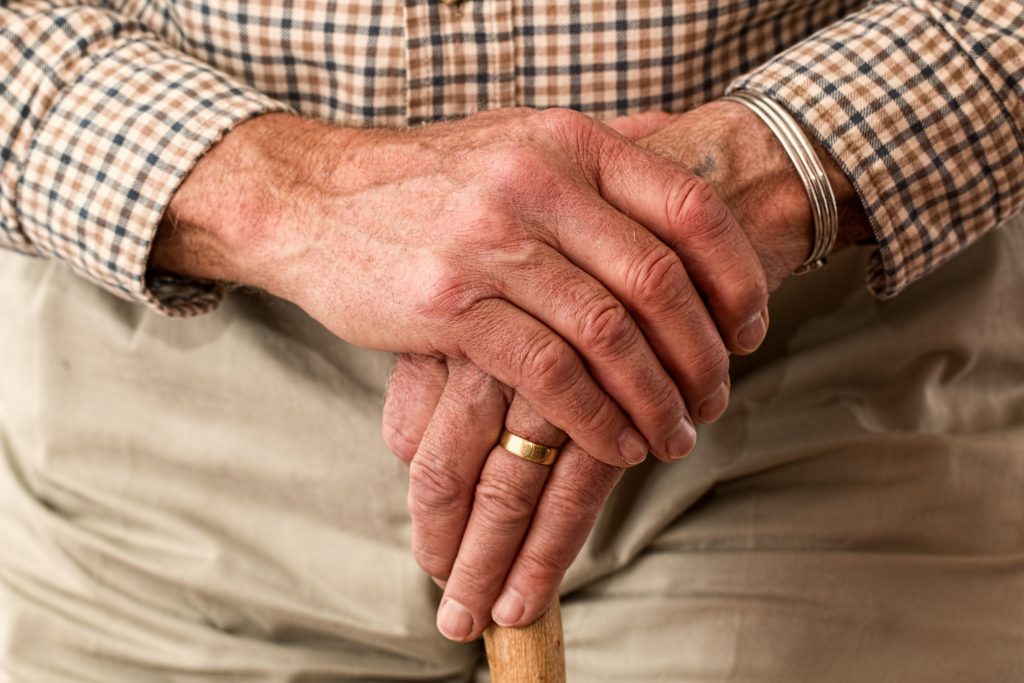 Alden Estates of Naperville is a for-profit nursing home located at 1525 Oxford Lane in Naperville, Illinois. They participate in Medicaid and Medicare programs and have 203 certified beds. They are one of many Illinois nursing homes facing a severe outbreak of COVID-19. As of May 23, 2020, a reported 91 residents and staff have tested positive for COVID-19 and 21 people have died.
Alden Estates of Naperville is a for-profit nursing home located at 1525 Oxford Lane in Naperville, Illinois. They participate in Medicaid and Medicare programs and have 203 certified beds. They are one of many Illinois nursing homes facing a severe outbreak of COVID-19. As of May 23, 2020, a reported 91 residents and staff have tested positive for COVID-19 and 21 people have died.
Alden Estates of Naperville receives two out of five stars (below average) on Medicare.gov based on recent staffing levels and health inspections. While residents received an adequate amount of nursing care, they received an hour less time per day from nursing aides than the national average.
A Medicare health inspection in 2019 found 11 health deficiencies; 21 deficiencies were found in 2018, and 17 deficiencies were found in 2017. In the last 3 years, Alden Estates of Naperville has had 16 complaints filed by residents or others that resulted in citations. Their 2019 health inspection found that the facility failed to:
 Illinois Personal Injury Lawyer Blog
Illinois Personal Injury Lawyer Blog


 The First District Appellate Court issued a recent decision addressing whether a pregnant woman, who is compelled to abort her fetus because of a possible injury to the fetus caused by a doctor’s negligence, can sue the doctor for the injury and death of her unborn child even though she elected to have the abortion.
The First District Appellate Court issued a recent decision addressing whether a pregnant woman, who is compelled to abort her fetus because of a possible injury to the fetus caused by a doctor’s negligence, can sue the doctor for the injury and death of her unborn child even though she elected to have the abortion.
 The loss of a loved one can cause great emotional and financial strain on a family member especially if the loss was caused by another person’s misconduct or negligent actions. In these types of situations, a family member or next of kin has the ability to recover damages caused by the wrongful death of the deceased person. Family members have two options to recover damages from the at-fault party. A claim can be brought under either the Illinois Wrongful Death Act (740 ILCS 180) or the Illinois Survival Statute (755 ILCS 5/27-6). The two statutes function differently with regard to what damages can be recovered and the mechanism for seeking recovery.
The loss of a loved one can cause great emotional and financial strain on a family member especially if the loss was caused by another person’s misconduct or negligent actions. In these types of situations, a family member or next of kin has the ability to recover damages caused by the wrongful death of the deceased person. Family members have two options to recover damages from the at-fault party. A claim can be brought under either the Illinois Wrongful Death Act (740 ILCS 180) or the Illinois Survival Statute (755 ILCS 5/27-6). The two statutes function differently with regard to what damages can be recovered and the mechanism for seeking recovery.